Transform Your Workspace: The Essential Guide to Choosing Executive Furniture for Maximum Productivity
In today’s fast-paced business environment, the design and functionality of your workspace can significantly influence productivity and motivation. Choosing the right Executive Furniture is not just about aesthetics; it’s about creating an environment that fosters efficiency, collaboration, and comfort for leaders and their teams. This essential guide will delve into the crucial elements to consider when selecting Executive Furniture, from ergonomic designs that support long hours of work to layouts that encourage open communication. With the right pieces, your office can transform into a hub of creativity and productivity, reflecting your brand’s identity while meeting practical needs. Whether you are outfitting a new office or revamping an existing space, understanding the nuances of Executive Furniture selection will empower you to make informed decisions that benefit both you and your organization.

Selecting Functional Furniture: Key Considerations for a Productive Workspace
Creating a productive workspace starts with selecting the right furniture. Research shows that an organized and well-furnished office can boost productivity by up to 20%. When considering executive furniture, functionality should be the priority. Look for ergonomic designs that support posture and reduce fatigue, as studies indicate that individuals who use ergonomic chairs report 17% less discomfort, leading to enhanced focus and efficiency.
Another key consideration is flexibility. As remote work and flexible schedules become more prevalent, furniture that allows for adaptability, such as modular desks and multi-purpose workstations, is essential. A recent study by Global Workplace Analytics noted that companies that invest in flexible workspace designs experience 30% higher employee satisfaction and engagement. This not only improves productivity but also promotes a positive work culture. Ultimately, the right furniture choices can significantly enhance the overall effectiveness of your workspace.
Designing for Comfort: The Impact of Ergonomics on Executive Furniture Choices
When selecting executive furniture, ergonomics should take center stage as it directly influences comfort and productivity. Ergonomically designed furniture accommodates the natural contours of the body, promoting a healthier posture while reducing strain during long work hours. Features such as adjustable chairs with lumbar support, standing desks, and keyboard trays can transform an ordinary office space into an environment that fosters well-being and efficiency. By prioritizing ergonomic principles, executives can ensure that their workspace not only looks professional but also supports their physical health.
The impact of ergonomics extends beyond individual comfort; it enhances overall workplace productivity. Employees who experience fewer discomforts are more likely to stay focused on their tasks and exhibit higher levels of engagement. Moreover, thoughtful design elements like adequate workspace for movement and intuitive layouts can streamline workflow, further optimizing productivity. By investing in executive furniture that embraces ergonomic considerations, organizations demonstrate their commitment to employee well-being, cultivating a more vibrant and effective work atmosphere.
Aesthetic Appeal: Balancing Style and Functionality in Office Decor
When it comes to selecting executive furniture, the balance between aesthetic appeal and functionality is paramount. An inviting office space not only reflects the brand’s identity but also sets a productive tone for daily operations. Sleek, modern designs that incorporate clean lines and contemporary materials can create an atmosphere that promotes focus and creativity. For instance, a well-designed desk with ample surface area can accommodate work essentials while also serving as a visual anchor in the room. Pairing it with stylish chairs that offer ergonomic support ensures that comfort is not sacrificed for the sake of appearance.
Moreover, the integration of colors and textures plays a significant role in establishing a cohesive design. Warm hues can evoke feelings of productivity, while cooler tones might inspire calm and focus. Accessories such as art pieces and elegant lighting fixtures further enhance the aesthetic, creating a workspace that is both functional and inspiring. By carefully considering these elements, executive furniture can transform a traditional office into a dynamic environment that fosters collaboration and innovation, ultimately leading to greater productivity.
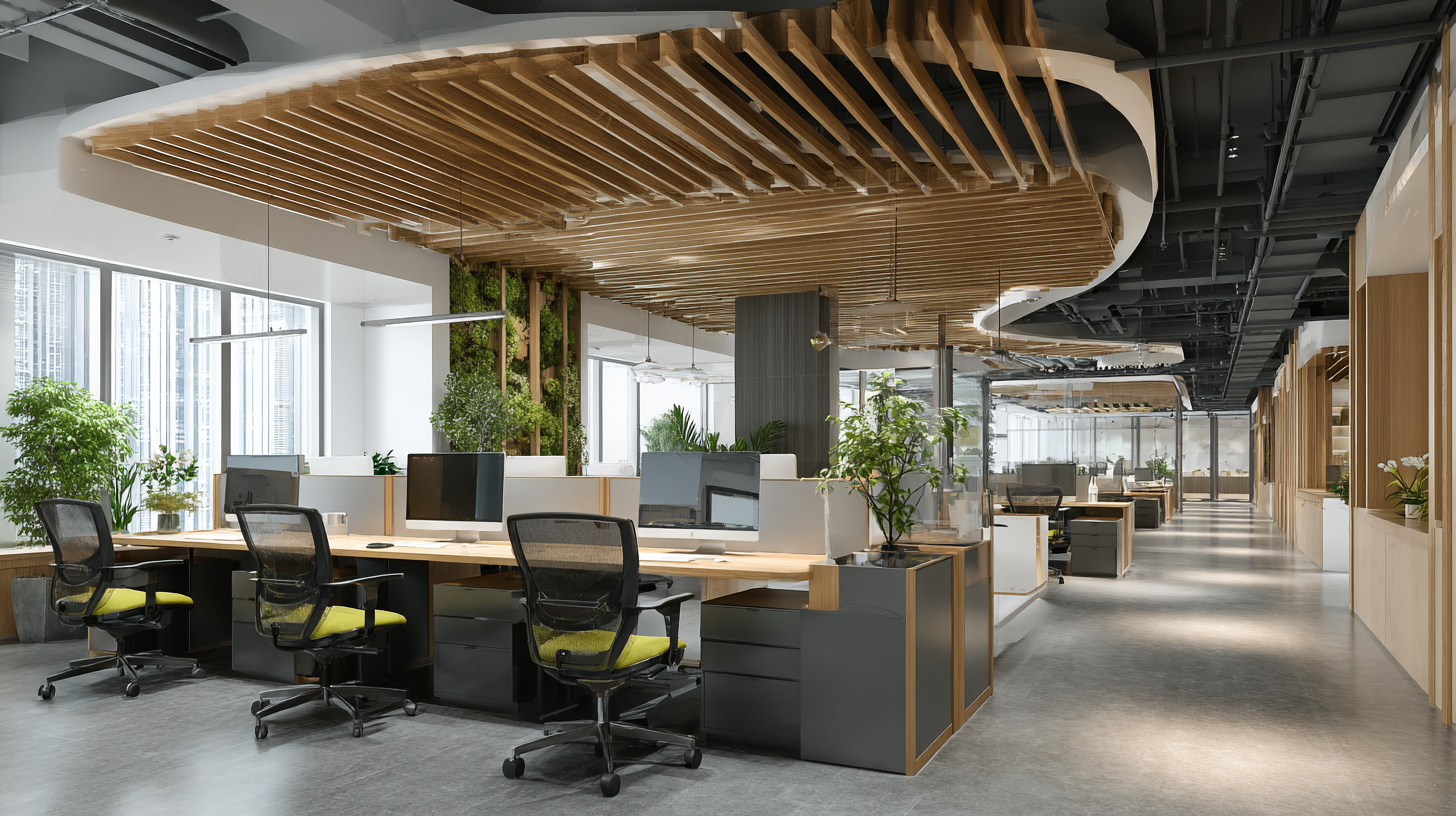
Choosing Technology-Integrated Solutions for a Modern Executive Environment
In today's fast-paced executive environment, choosing technology-integrated furniture is essential for fostering productivity and enhancing workplace dynamics. Modern executive furniture goes beyond aesthetics; it is designed to support advanced technological solutions that facilitate seamless collaboration and efficient workflows. By incorporating features such as built-in charging stations, smart connectivity options, and adaptable layouts, businesses can create spaces that not only meet the demands of a contemporary workforce but also allow for future growth and flexibility.
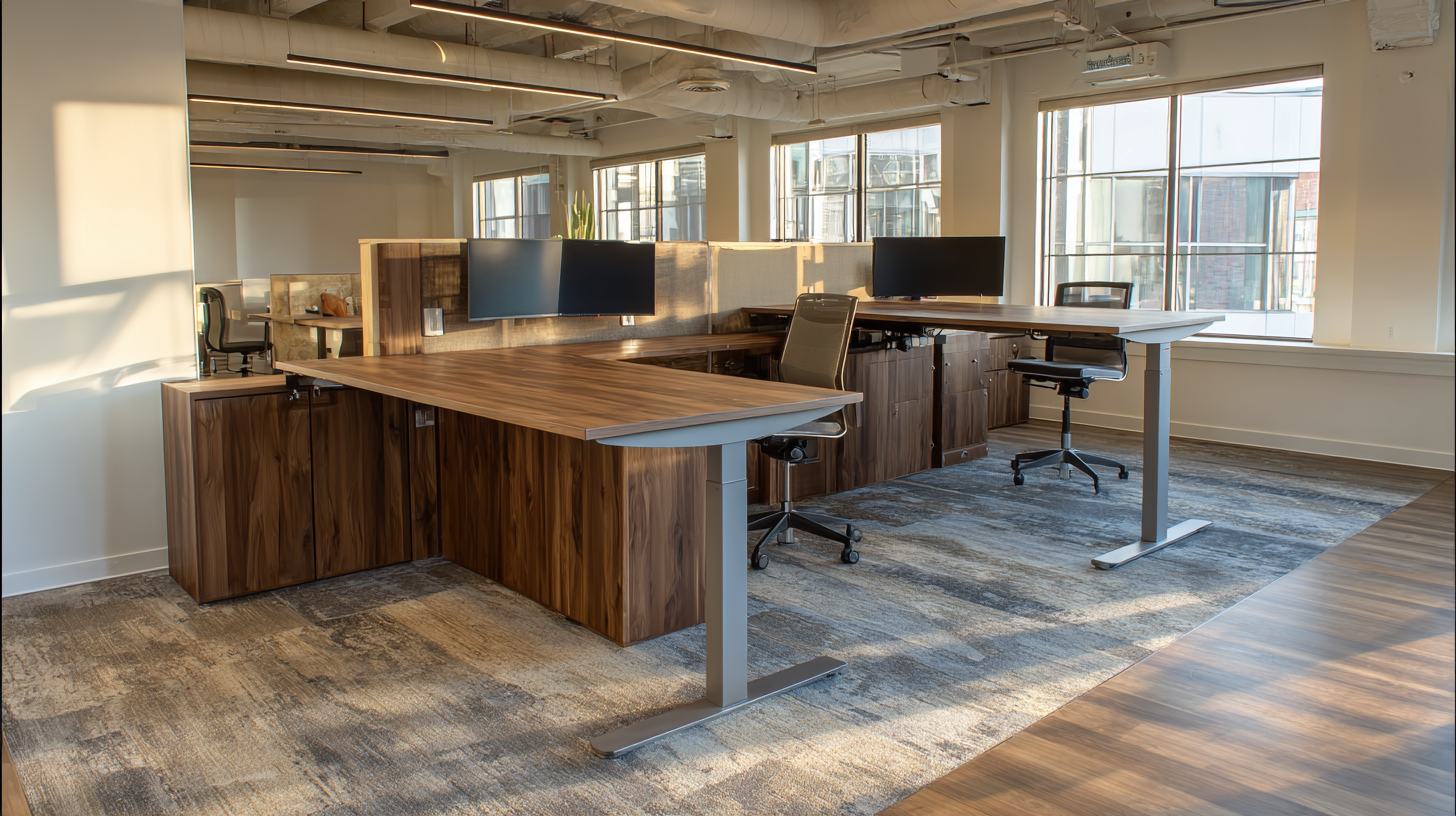
As the integration of advanced technologies like deep learning and machine learning becomes more prevalent, organizations must ensure their furniture solutions can keep pace. Decision-makers, especially CIOs, play a critical role in identifying and implementing these innovations. They can influence the choice of furniture that supports technological advancements, ensuring that the workspace is not just a physical environment but a catalyst for creativity and collaboration. Investing in high-quality, tech-friendly executive furniture will ultimately lead to improved employee satisfaction and heightened productivity, setting the foundation for organizational success in an increasingly digital world.
Maximizing Space Efficiency: Strategies for Organizing Executive Work Areas
When it comes to organizing executive work areas, maximizing space efficiency is key to boosting productivity. According to a report by the Global Wellness Institute, workplace design impacts productivity by as much as 20%. By strategically arranging furniture and eliminating clutter, executives can create environments that not only promote focus but also enhance creativity. For instance, opting for multifunctional furniture—such as desks with built-in storage or collaborative seating—can free up valuable floor space while facilitating teamwork.
Additionally, the American Society of Interior Designers emphasizes the importance of ergonomic design in the workplace. Their studies have found that well-designed workspaces reduce employee fatigue and increase overall job satisfaction. Implementing adjustable desks and ergonomic chairs can make a profound difference in an executive’s daily experience. Furthermore, incorporating elements of biophilic design, such as natural light and greenery, can boost cognitive function and increase overall well-being, making the workspace not just efficient but also conducive to a healthier mindset. By focusing on these strategies, executives can effectively transform their work areas into hubs of productivity.
Related Posts
-
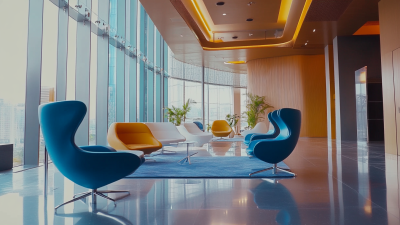
Mastering Best Executive Furniture Standards for Global Procurement Success
-
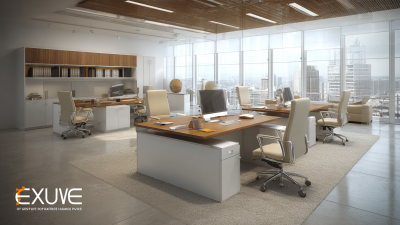
Best Executive Office Furniture Trends and Predictions for 2025 in the Corporate Marketplace
-

Business Furniture Challenges in Creating a Productive Workspace
-
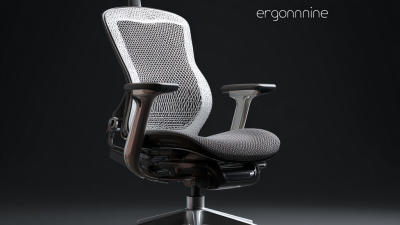
Navigating the Future of Comfort How to Choose the Best Ergonomic Chair in 2025
-
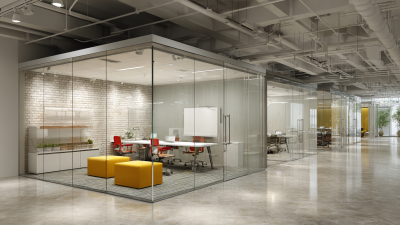
Unlocking the Advantages of Best Institutional Furniture in Modern Workspaces
-

Unlocking Productivity: The Advantages of Innovative Office Furniture Design
